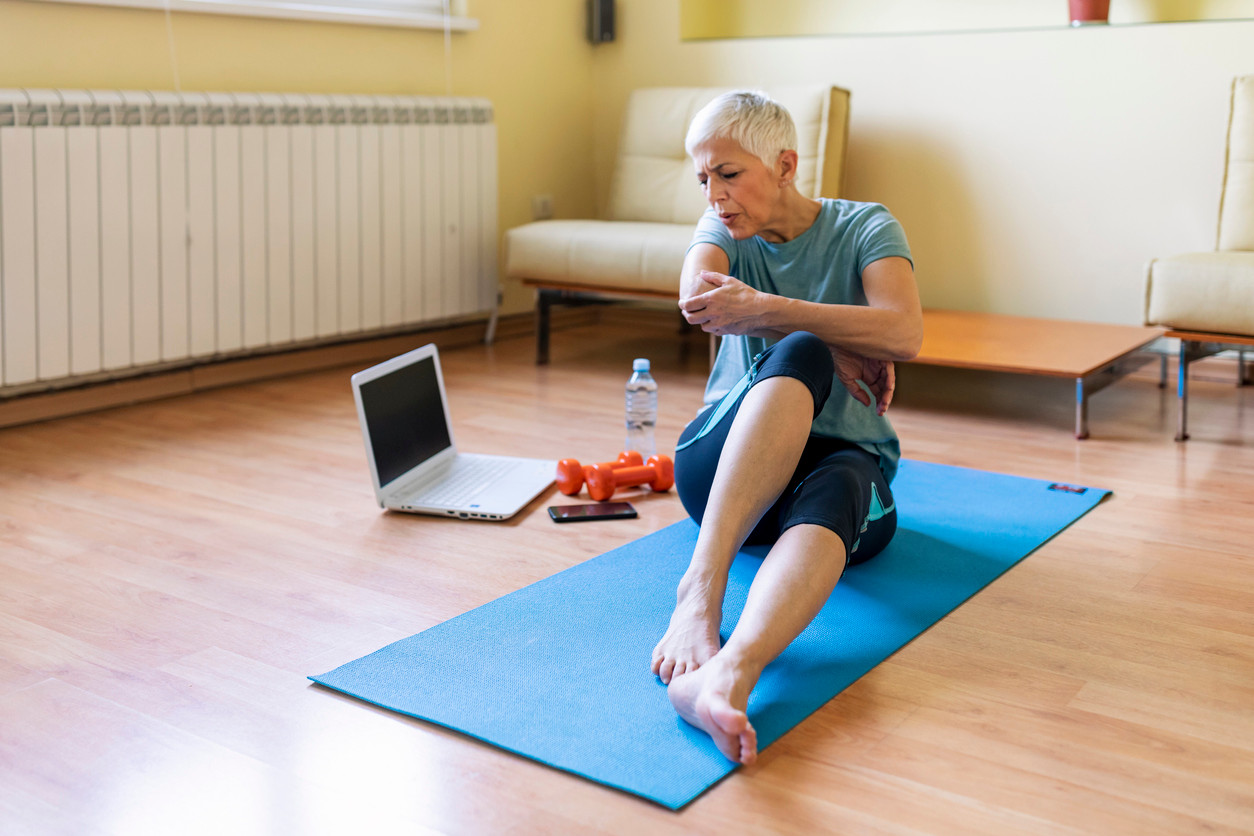Tennis elbow: what it is and best exercises for pain relief
Learn about tennis elbow and what can cause it, plus treatments recommended by physical therapists.
0 $ pour vous
Date de publication : May 12, 2023
Table des matières
Fully covered elbow pain relief
Find relief from elbow pain, tennis elbow, elbow sprain, & more.
Check if I'm eligibleTennis elbow exercises
Want expert care? Check if you're covered for our free program →- Resisted Wrist Extension
- Wrist Extensor Stretch
- Towel Squeeze
- Wrist Rotations
- Radial Nerve Glide
